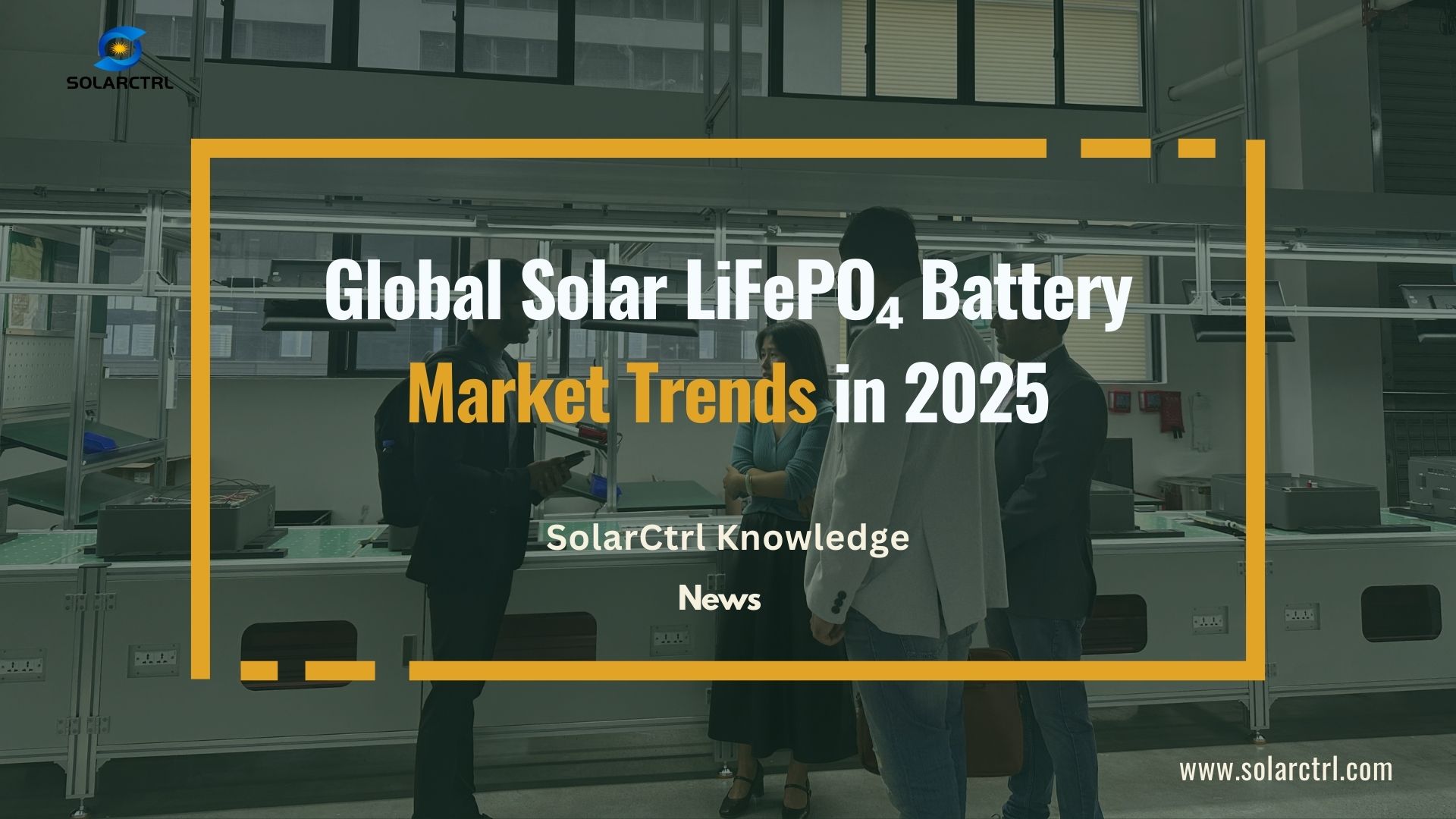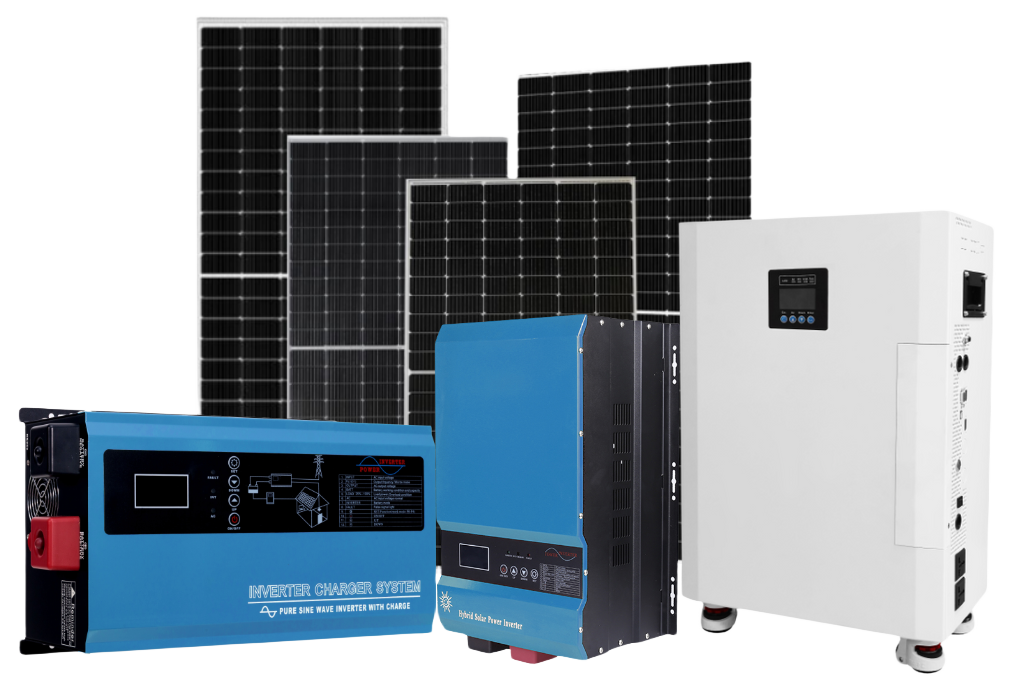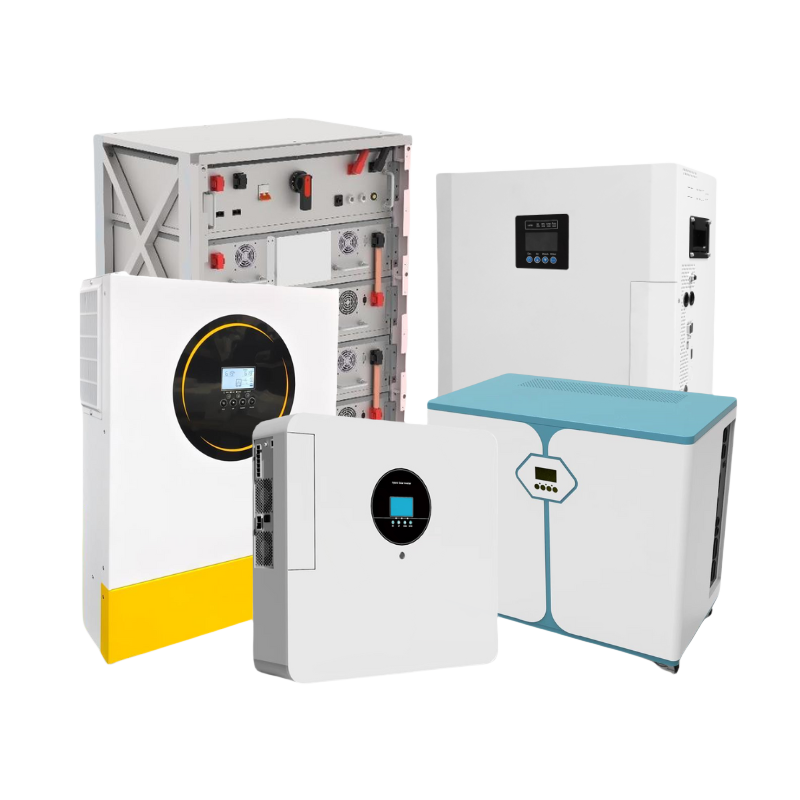Introduction
The active area of a solar cell is the central functional part of the cell, defined as the region that is exposed to light and actively participates in the photovoltaic process to convert sunlight into electrical energy.
This area is crucially important for the performance of the solar cell, as its size and efficiency largely determine how much of the sunlight’s energy can be captured and converted into usable electricity.
Thus, the active area is directly correlated with the solar cell’s overall efficiency and its ability to generate power, making it a key focus in the design and optimization of more effective solar energy systems.
Understanding the Active Area
The active area of a solar cell plays a central role in the photovoltaic process. This area is primarily composed of a light-absorbing material, such as silicon, which is strategically sandwiched between protective conductive layers.
These layers serve both to capture and transport electrical charges and to shield the sensitive materials from environmental damage. When sunlight strikes the active area, it energizes electrons within the light-absorbing material, creating electron-hole pairs.
These charges are then propelled by the internal electric field of the solar cell towards the conductive layers, which direct the flow of electrical current out of the cell for use. The efficiency with which this conversion occurs directly impacts the overall effectiveness of the solar cell in generating electricity.

The Role of the Active Area
The active area of a solar cell is fundamental to its operation and performance, particularly in how it absorbs light, converts energy, and determines overall power efficiency.
1. Light Absorption
The active area is the central hub for light absorption within the solar cell. The effectiveness of this process depends significantly on the materials used.
For instance, monocrystalline silicon cells are favored for their high efficiency due to their uniform crystalline structure, which allows for optimal light absorption with minimal disruptions in the silicon lattice. This uniformity helps these cells achieve better performance in converting sunlight into electricity compared to other materials like polycrystalline silicon, which contains multiple crystal boundaries that can impede electron flow.
The size of the active area also plays a critical role; a larger active area provides more surface for sunlight to strike, thus increasing the potential for more electron-hole pairs to be generated.
2. Energy Conversion
Once the light is absorbed, the photovoltaic effect comes into play. In this process, photons from the sunlight excite electrons, freeing them from their atomic orbits within the semiconductor material. The active area is crucial here as it contains the semiconductor material that facilitates this electron movement.
As electrons are freed, they leave behind holes, creating electron-hole pairs. These charges are then driven by the internal electric field of the cell towards different sides of the solar cell, creating a flow of electrical current.
3. Power Efficiency
The efficiency with which a solar cell converts light into electrical energy is largely determined by the design and quality of the active area. Several factors influence this efficiency:
- Material Quality: Higher quality materials with fewer impurities and defects allow for more efficient charge movement, reducing recombination losses where electron-hole pairs recombine without contributing to current flow.
- Optical Enhancements: Techniques such as texturing the surface of the active area to reduce reflection, or applying anti-reflective coatings, can greatly enhance light absorption capabilities.
- Passivation Layers: These thin layers are applied to the front and back of the cell to protect electron-hole pairs from recombining prematurely, thus improving the cell’s voltage and overall efficiency.
Moreover, the active area’s design must balance the need for maximum light absorption with the practical limitations of cell construction, such as the placement of electrical contacts that can block light if not optimally designed.
Innovations in cell architecture, like the use of interdigitated back contacts (IBC) and tunnel oxide passivated contacts (TOPCon), are examples of how engineers are working to maximize the active area’s efficiency by minimizing losses and improving charge collection.

Factors Affecting Active Area Performance
The performance of the active area within a solar cell is pivotal for its overall effectiveness and is influenced by a variety of factors ranging from the intrinsic properties of the materials used to external environmental conditions.
1. Material Quality
The quality of materials used in the construction of solar cells plays a critical role in their performance. High-purity, defect-free materials such as monocrystalline silicon provide an optimal environment for the movement of electrons, thereby enhancing charge collection and energy conversion efficiencies.
Impurities and defects within the semiconductor material can act as recombination centers where free electrons and holes combine without generating current, thus reducing the cell’s output.
Additionally, the type of material also dictates the bandgap energy, which is crucial for determining the wavelength of light the cell can effectively convert into electricity.
2. Technological Design
The architecture and manufacturing techniques employed in creating the solar cell significantly impact the efficiency of the active area.
Innovations such as PERC (Passivated Emitter and Rear Cell) technology have made substantial improvements by adding a passivation layer at the rear of the cell. This layer reflects unabsorbed light back into the cell for a second chance at absorption, enhancing the photovoltaic process.
Similarly, other technologies like bifacial cells, which capture sunlight from both sides, and multi-junction cells, which use multiple layers to capture different segments of the solar spectrum, also expand the effective active area, thereby boosting overall cell efficiency.
3. Environmental Conditions
The local environment where a solar panel is installed can significantly affect the performance of its active area.
Temperature is a critical factor; high temperatures can increase the rate of electron-hole recombination, reducing the voltage output of the cell. Optimal performance usually occurs at moderate temperatures, thus in hotter climates, cooling strategies might be necessary.
Shading, even partial, can lead to a substantial drop in power output. This is because solar panels operate as a network of connected cells, and shading on even a small portion can reduce the output of the entire panel.
Soiling from dust, dirt, or snow can block sunlight from reaching the active area, necessitating regular cleaning to maintain peak efficiency.
To mitigate these factors, careful consideration must be given during the installation process to ensure maximum exposure to sunlight, minimal shading, and adequate cooling and cleaning mechanisms.

Enhancing Active Area Efficiency
Solar cell manufacturers are consistently at the forefront of technological advancements to optimize the efficiency of the active area in solar panels. One significant innovation involves the application of anti-reflective coatings, which reduce the loss of sunlight by reflection and increase the amount of light absorbed into the cell.
Additionally, manufacturers employ texturing techniques on the surface of the solar cells, which trap light by creating more surface area and angles for light absorption, thus enhancing overall efficiency.
Furthermore, the development of multi-junction cells, which incorporate multiple layers of different semiconductor materials, allows for the absorption of various wavelengths of light, significantly boosting the cell’s capability to convert sunlight across a broader spectrum. These strategies are crucial for improving the performance and competitiveness of solar technologies in the energy market.
Conclusion
The active area is a fundamental component of a solar cell, directly impacting its efficiency and the effectiveness of solar energy systems. As technology advances, enhancing the active area’s performance remains a primary focus for researchers and manufacturers aiming to optimize solar power as a sustainable energy resource. Understanding and improving the active area’s efficiency can lead to more powerful, cost-effective solar solutions, driving forward the adoption of solar technology in a variety of applications.






















